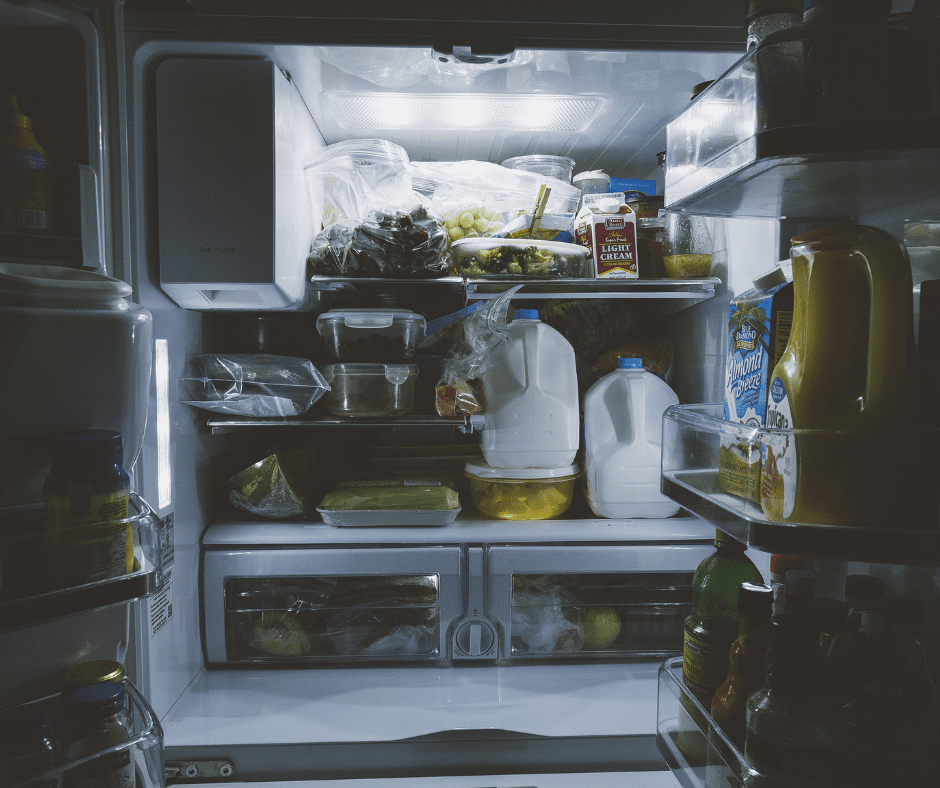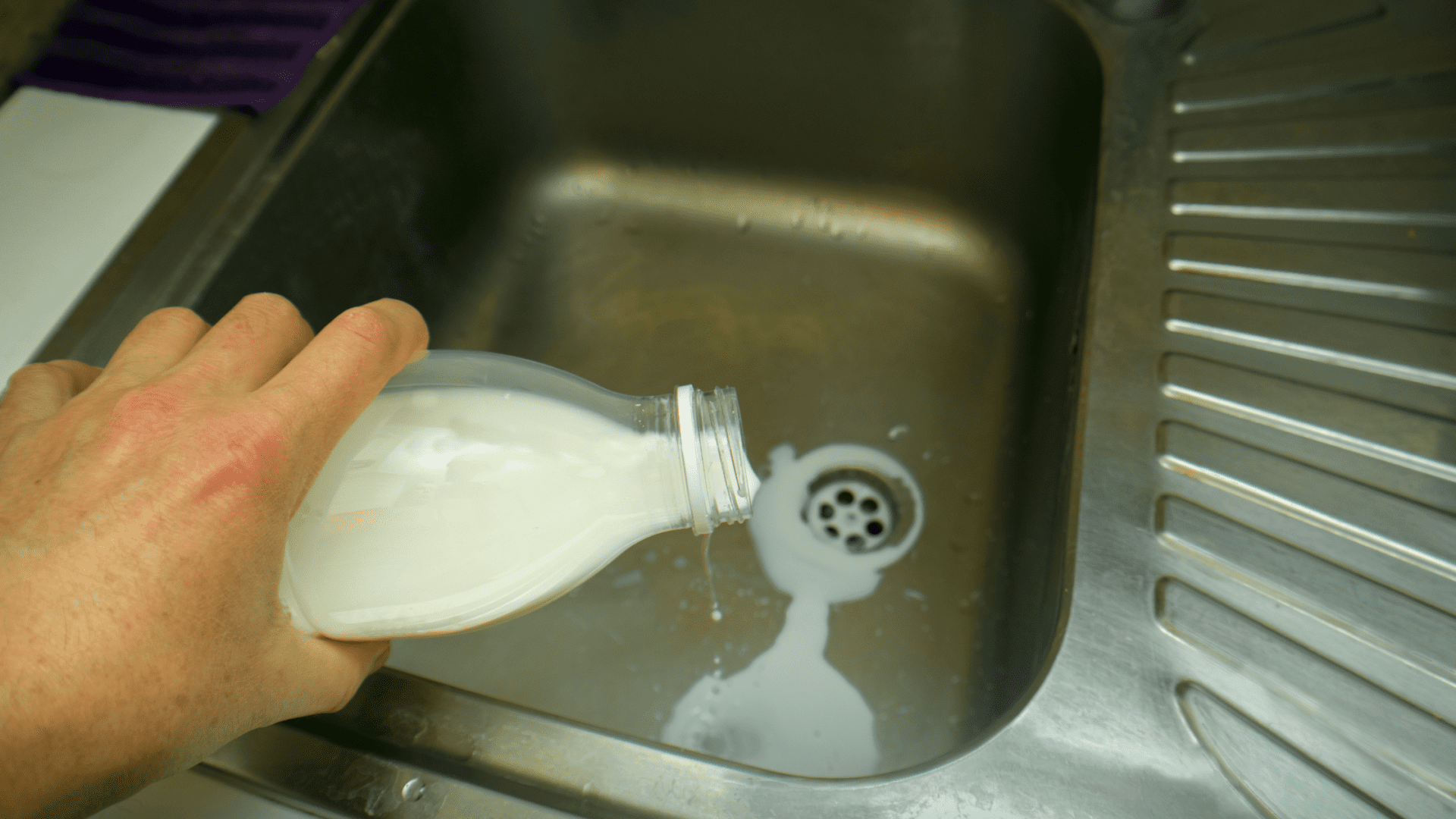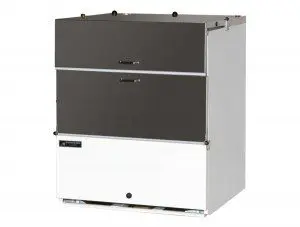
Many people worry about loss of data on their computers in the event of a power outage, but there’s another threat to keep an eye out for the next time the power goes out. Think about the fact that your refrigerator relies on electricity to keep running, and if the power goes out, all of your perishable foods, including milk and beverages are in danger of going bad.
During power outages, knowing how long your milk will last in the fridge without power is valuable information. The question, how long do you have before it’s a serious problem? A few minutes should be fine. In fact, even a few hours probably won’t hurt. Once you get past four to six hours, though, the safest thing to do is throw out every perishable item in your refrigerator. As painful as that might be to your wallet, it’s not as painful as food poisoning or serious illness would be to you.
As a trusted manufacturer of milk coolers, we understand the importance of addressing these concerns. This comprehensive guide aims to provide you with all the necessary information to make informed decisions during a power outage.
How Long Does it Take for Milk to Spoil?
At room temperature (70°F or 21°C), milk typically lasts around 2 hours before it becomes unsafe for consumption. However, this timeframe can vary depending on factors such as the initial temperature of the milk and its fat content. If the milk was already stored in a refrigerator before the power outage, it may last slightly longer than if it was initially warm. Conversely, milk that starts at a higher temperature will spoil more quickly.
What Factors Affect Milk Spoilage?
Maintaining the freshness of milk hinges on several key factors, primarily centered around temperature control and the milk’s inherent properties.
- Temperature Sensitivity: Milk is highly sensitive to temperature fluctuations. The ideal storage temperature to prevent bacterial growth and spoilage is below 40°F (4°C). Any deviation from this temperature range can accelerate spoilage, especially during power outages when refrigeration is unavailable.
- Initial Temperature: The starting temperature of the milk before the power outage can significantly impact its shelf life without refrigeration. If the milk was already chilled, it will retain freshness longer than milk that was at room temperature or warmer.
- Fat Content: The fat content of the milk also influences its susceptibility to spoilage. Higher-fat varieties, such as whole and raw milk are more prone to bacterial growth and spoilage compared to lower-fat options like skim milk. The presence of fats provides an ideal environment for bacteria to thrive.
- Bacterial Growth: The bacteria that naturally present in milk can multiply in warmer temperatures, leading to rapid spoilage. Temperature control is critical in inhibiting bacterial growth and extending the shelf life of milk.

How to Detect if the Milk is Spoiled?
During a power outage, it’s especially crucial to be vigilant in identifying signs of milk spoilage when refrigeration is unavailable to slow down bacterial growth. Here’s how to detect if milk has spoiled during a power outage.
Smell Test: Your sense of smell remains a reliable tool for detecting spoiled milk. If you notice a sour or unpleasant odor emanating from the milk container when you open it, it’s likely that the milk has begun to spoil. Trust your sense of smell to alert you to any potential issues with the milk’s freshness.
Visual Inspection: You can visually inspect the milk for signs of spoilage. Look for changes in texture, such as clumps or curdled formations, which indicate that the milk has soured. Additionally, check for any unusual discoloration or the presence of mold. These visual cues can help you determine if the milk is still safe to consume.
Taste Test (with caution): While not recommended due to the potential health risks, some individuals may opt to perform a taste test to determine if the milk has spoiled. However, consuming spoiled milk can lead to foodborne illness, so exercise caution if choosing to taste the milk. If the milk tastes sour or has an off-flavor, discard it immediately.
Temperature Monitoring: Without power, it’s essential to monitor the temperature of the milk to assess its safety. If the milk has been exposed to temperatures above 40°F (4°C) for an extended period, it is likely to have spoiled. Use a thermometer if available to gauge the temperature of the milk and discard it if it has warmed significantly.
Duration: Consider the duration of the power outage when evaluating the safety of the milk. If the outage has been prolonged and the milk has been without refrigeration for an extended period, it is more likely to have spoiled. Use your judgment based on the length of the outage and the condition of the milk to determine its safety for consumption.
How do you Increase the Shelf Life of Milk During Power Outages?
When facing a prolonged power outage, there are several proactive steps you can take to extend the shelf life of milk and minimize the risk of spoilage.
- Prioritize Consumption: Consume perishable items, including milk, at the onset of a power outage to minimize waste and ensure freshness. Plan meals accordingly to use perishable items before they have the chance to spoil.
- Use Insulated Cooler: Transfer the milk to an insulated cooler or chest filled with ice packs to help maintain a cooler temperature and slow down the rate of spoilage. If outdoors, keep the cooler in a shaded, cool area to further preserve its contents.
- Alternative Cooling Methods: Consider alternative cooling methods to keep milk cold during prolonged power outages. Options include using a generator to power a refrigerator or freezer intermittently, utilizing dry ice as a temporary cooling agent, or seeking out community cooling centers, if available.
- Move The Milk to the Milk Cooler Freezer: With milk, you could conceivably get up to 48 hours before if it’s in the freezer and the freezer is full. The reason is because everything packed close together can keep the cold contained. If your freezer is only half full or less, then you won’t be able to get more than 24 hours out of the milk before it spoils. That’s the rule of thumb, and whenever possible, it’s best to err on the side of caution.
If you have a milk cooler, you might be able to extend its lifespan much longer. Generally, for every five degrees the temperature of milk rises beyond 40 degrees, its shelf life is halved. It always helps to be prepared, just in case.
- Minimize Opening the Cooler: Limit the frequency of opening the cooler to minimize temperature fluctuations and maintain a consistent cold environment. Each time you open the refrigerator door, you’ve let out the lingering cool air and accelerated the process of thawing and spoiling.
Milk typically lasts about two hours at room temperature, but factors like initial temperature and fat content can influence this timeframe. Taking proactive measures to keep the milk cool and monitoring its temperature can help prolong its freshness during a power outage.
How to Choose the Right Milk Cooler?

When selecting a milk cooler specifically for use during power outages, certain features and considerations become especially important to ensure the preservation of milk freshness. Here’s how to choose the right milk cooler to protect against a power outage scenario.
- Insulation Quality: Opt for a milk cooler with superior insulation to help maintain cold temperatures for an extended period, even without power. Look for coolers constructed with thick, high-quality insulation materials that offer excellent thermal retention properties.
- Precision Temperature Control: Look for milk coolers with precision temperature control features to maintain the ideal storage temperature below 40°F (4°C). Consistent temperature control is critical in inhibiting bacterial growth and extending the shelf life of milk.
- Advanced Cooling Systems: Consider milk coolers equipped with advanced cooling systems designed for rapid temperature recovery during power outages. These systems can help minimize temperature fluctuations and ensure that milk remains consistently cold, even in adverse conditions.
- Ice Retention Capability: Choose a milk cooler designed for prolonged ice retention to keep the contents cold without relying on electricity. Look for coolers with features such as double-wall construction, heavy-duty gaskets, and insulated lids or covers to minimize heat transfer and maximize ice longevity.
- Energy Efficiency: Choose energy-efficient milk coolers to minimize electricity consumption and reduce operating costs. Look for models with Energy Star certification or high-efficiency ratings to ensure optimal performance and sustainability.
- Durable Construction: Prioritize milk coolers with durable construction and rugged design features to withstand the rigors of outdoor use and adverse conditions during power outages. Choose models made from strong materials that offer resistance to impact and general wear and tear for long-lasting durability.
By considering these factors and features, you can choose the right milk cooler specifically tailored to meet your needs throughout the year, and during power outages, ensuring that your milk remains cold, fresh, and safe for consumption even in emergency situations.
Powers Equipment Customizes Milk Coolers
Powers Equipment is a milk cooler manufacturer with expertise in producing customized commercial refrigeration equipment for many applications. Customizations include temperature notification alerts, so you will be the first to know if the temperature drops due to a power outage, in time to do something about it. Another made to order option is self-closing doors, to help seal in the cold air to preserve milk’s temperature. Magnetic gaskets are also an option to ensure refrigerator doors stay closed with a tight seal. Contact Powers Equipment to learn what customizations are available for milk coolers and more!
